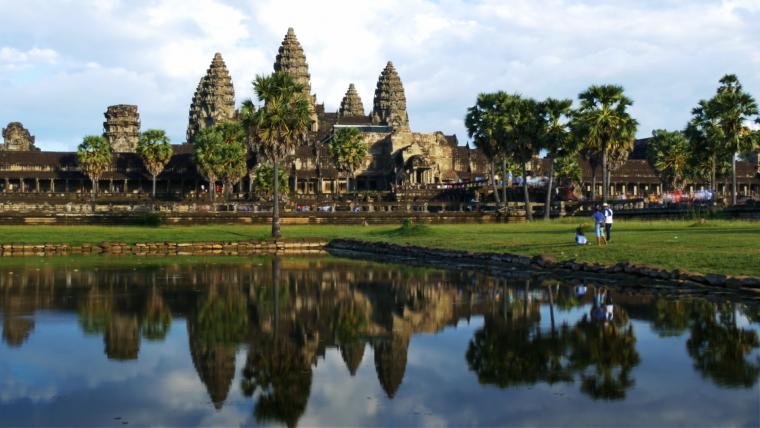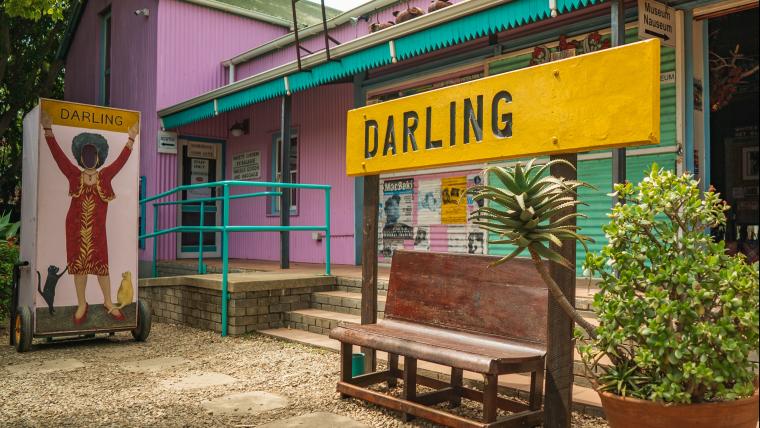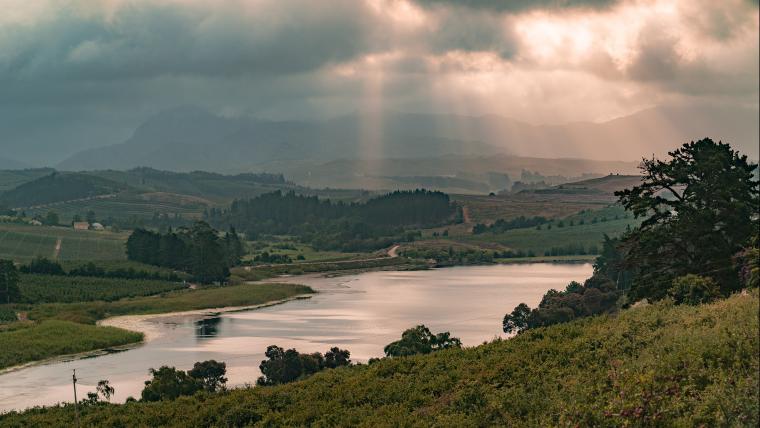
Angkor: The living heritage site where Cambodia’s culture and spirituality prevails
Towering above the lush treetops of Cambodia is an ancient city set in stone. Angkor was once the capital of the Khmer empire until it fell to ruin. But this place isn’t a relic of a bygone era. It’s a living heritage site where Khmer people continue to uphold their culture and traditions.
Angkor is located approximately eight kilometres north of Siem Reap and is home to the renowned Angkor Wat temple. Built in the 12th century, the structure was originally a Hindu place of worship, but converted to Buddhism shortly after construction. Spanning 160 hectares, Angkor Wat is the largest religious complex in the world and appears on Cambodia’s flag. Each year, more than two million people journey from around the globe to visit the iconic temple.
The origins of Angkor Wat have been the subject of much debate. Legend has it that the colossal complex was built in a single night after the god Indra ordered its construction. But according to inscriptions, it took 37 years to complete and required the help of more than 300 000 workers and 6 000 elephants.
While the Khmer empire collapsed in the 15th century, Angkor itself has stood the tests of time. During the reign of the Khmer Rouge communist party in the 1970s, Cambodia suffered great loss and Khmer culture was all but decimated. Angkor Wat survived the years of destruction, and is now a major monument where locals celebrate their heritage. Here, ethereal Khmer artists adorned in golden headdresses continue to perform the traditional Apsara dance.
Angkor is a haven of Khmer architecture, boasting thousands of sandstone structures layered with artistic detail. Marvel at temple walls embossed with bas-reliefs depicting Hindu deities and historical events, or explore the giant pyramids blanketed in grass.
Although Angkor is renowned for its man-made structures, Mother Nature showcases her craftsmanship here as well. At Ta Som temple, the roots of a fig tree plait into a doorway, while the ruins of Preah Khan appear to be tangled in the web of a silk-cotton tree. The sombre song of resident gibbons can be heard echoing through the buildings as scruffy langurs swing in the canopies.
Centuries after its construction, Angkor continues to inspire awe in those who wander its sacred grounds. Venture to the heart of Cambodia and unearth a place steeped in mystique.






























Please sign in to leave a comment